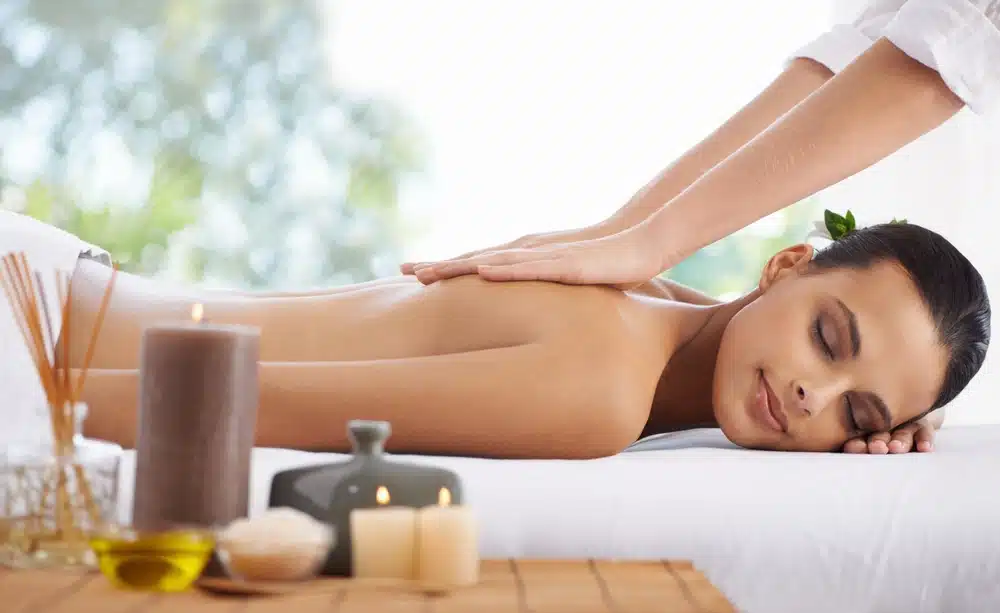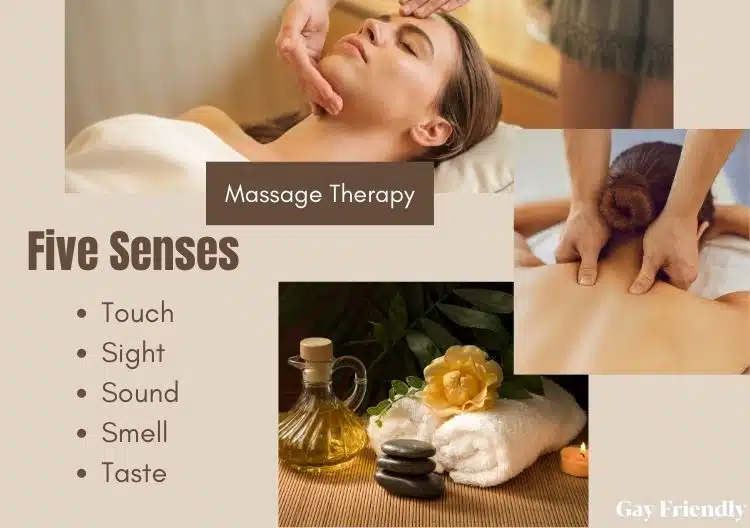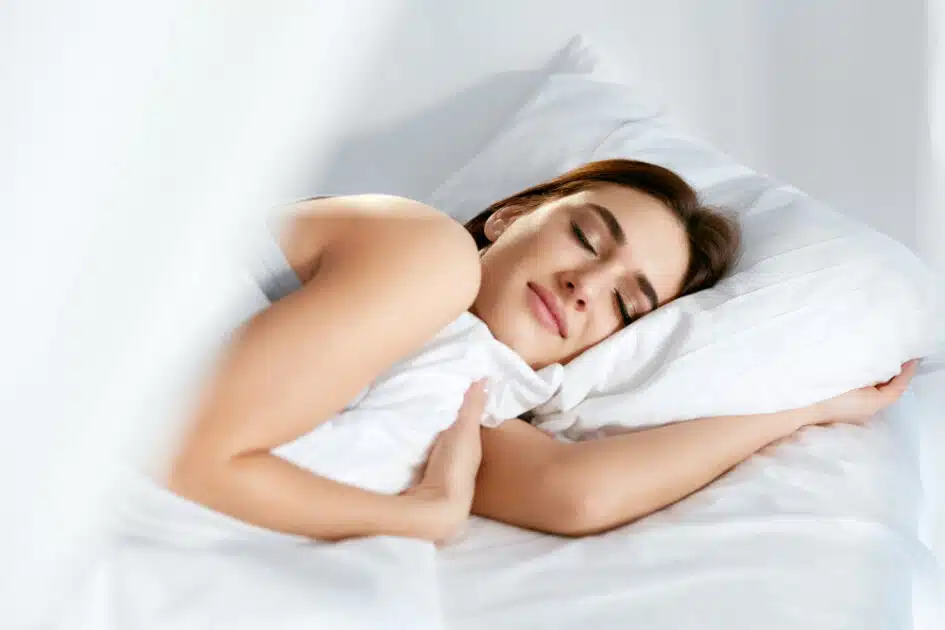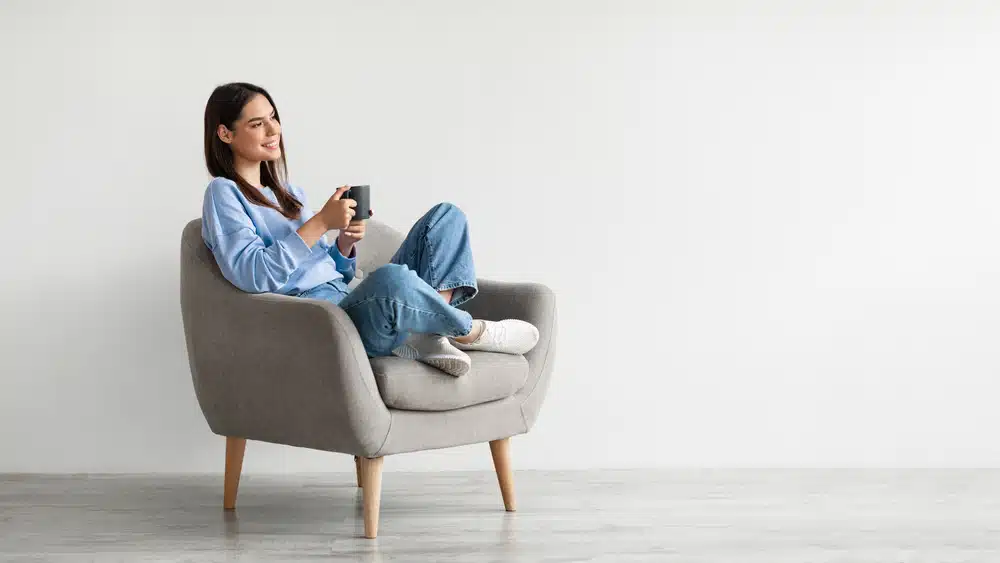Massage with Your 5 Senses: Relax and Rejuvenate in Blissful Serenity

Embrace a Holistic Sensory Experience: Unwind Stress, Refresh Your Body, and Revitalize Your Senses with the Art of Massage Therapy
What is Massage 11th Jul, 2023
The human need for touch is as old as humanity itself, with the therapeutic practice of massage having roots that reach deep into the early epochs of our history. Originating thousands of years ago, references to therapy appear in ancient writings from civilizations as diverse as Ancient China, Egypt, Greece, and Rome.
These ancient cultures understood the healing power of the human touch, and over the centuries, this wisdom has been refined, expanded, and passed down from generation to generation. Massage therapy is not merely a relic of the past, however. It has evolved and grown in sophistication, branching into numerous specific techniques and methods—each with its own unique benefits and uses.

From the flowing strokes of Swedish massage to the targeted pressure of deep tissue therapy, from the energy focus of Reiki to the fragrant delight of aromatherapy, the world of massage is as diverse as it is ancient.
Understanding the Fundamentals of Massage
At its core, its a method of therapy that involves the manipulation of the body’s soft tissues using various techniques such as rubbing, kneading, pressing, or tapping. These methods can be applied using hands, fingers, elbows, knees, forearms, or even feet. The main principles of therapy revolve around relieving stress, reducing muscle tension, and promoting overall well-being.
It’s not a monolithic practice but is instead characterized by a wealth of diverse techniques, each with unique origins and methods. For instance, Swedish massage, often regarded as the most common type of massage in the West, originated in Europe and is known for its long, flowing strokes that aim to relax the entire body.
Deep tissue massage applies more intense pressure to reach deeper layers of muscle and fascia, making it an effective technique for treating musculoskeletal issues such as sports injuries. Massage’s significance in health and wellness is well-documented and complex. It can help with chronic pain problems like fibromyalgia and arthritis, as well as increase circulation, induce relaxation, decrease stress, and even enhance the immune system.
It is also commonly employed as an important component of rehabilitation regimens following accidents or surgery. It has been shown to reduce cortisol levels, the body’s major stress hormone, while raising endorphin levels, regarded as the body’s natural “feel-good” chemicals.
Massage Therapy and the Five Senses
Is more than just kneading and stroking; it is a multi-sensory experience that includes touch, sight, sound, smell, and even taste. This full sensory involvement during a session may revitalize our senses and bring us to a state of total relaxation and calm.

Touch
During a session, the sense of touch is most immediately engaged. You can feel stress melt away as the therapist’s hands apply pressure, stroke, knead, and move your muscles. The tactile feeling of gently massaging our skin promotes relaxation and comfort by activating our skin’s receptors and increasing our tactile perception.
Sight
While your eyes may be closed throughout the session, the environment is important in establishing the atmosphere. Soft, diffused lighting or candles typically produce a quiet ambiance that aids in mind-calming. The visually soothing setting promotes a sense of calm and tranquillity, which contributes to the overall healing experience.
Sound
The audio aspect of a session may be as relaxing as the physical contact. Massage therapists frequently use peaceful music or ambient noises to assist relaxation, such as soft waves, light rain, or forest sounds. These relaxing sounds serve to alleviate tension and anxiety while also promoting inner calm and strengthening our aural senses.
Smell
Aromatherapy, which engages our olfactory senses, is a frequent adjunct to many massage sessions. Lavender, chamomile, and eucalyptus essential oils are used in diffusers or directly applied to the body. These smells can help to relax the mind, relieve tension, and excite our sense of smell, giving another sensory dimension to it.
Taste
While taste may appear to be unconnected to the session, it is frequently gently included in the whole experience. Following a therapists will usually give herbal teas or infused water. Slowly enjoying these drinks can assist extend the massage’s relaxing impact and gradually excite our sense of taste, completing the sensory experience.
A session becomes more than physical therapy when all five senses are simultaneously engaged and rejuvenated; it becomes a holistic healing experience that leaves you feeling fully healed, both in body and mind.
Recommended:
Experience Ultimate Tranquility: Types of Massage Discover the Top 10 Most Relaxing
The Psychological Benefits of Massage
While the physical advantages of treatment are frequently highlighted, its psychological benefits are equally significant and important to our general well-being. Treatment may help with everything from stress alleviation to better sleep quality and mood enhancement.
Stress and Anxiety Reduction

Stress and anxiety are frequent ailments in today’s fast-paced environment. Massage treatment can help to reduce them significantly. Cortisol, a key stress hormone, lowers in your system when a therapist’s hands operate on your body, while serotonin and dopamine, neurotransmitters linked with happiness, increase. This hormone change produces a profound sense of relaxation, effectively combating stress and anxiety. It also lowers blood pressure and allows your body to recuperate from the physiological impacts of stress.
Enhancing Sleep Quality

Massage treatment can greatly enhance sleep quality by inducing profound relaxation. Stimulates the brain’s delta waves, which are connected with deep, comfortable sleep. This rejuvenating sleep is essential for mental health and cognitive function.
Furthermore, for people suffering from disorders such as insomnia or anxiety-related sleep difficulties, treatment can provide non-pharmaceutical relief, resulting in more restful sleep and improved sleep patterns.
Mood Enhancement and Mental Well-Being

Massage sessions on a regular basis not only calm the body but also the mind. During the session the body’s ‘feel-good’ chemicals, endorphins, are released, which help to increase mood and generate a sensation of well-being. Treatment also allows for an attentive presence, enabling a mental state in which problems may be set aside and mental clutter can be eliminated. This mental tranquility contributes to better mental health, a more optimistic attitude, and increased emotional stability.
Massage has deep psychological effects, providing natural, non-invasive, and pleasurable solutions to reduce stress, enhance sleep, and raise mood. Individuals can improve long-term wellness in both their physical and psychological lives by including frequent massage treatments into a complete mental health practice.
Practical Advice for Including Massage in Your Routine
Incorporating massage treatment into your daily health practice can provide significant physical and psychological advantages. Here are some helpful hints for incorporating massages into your daily regimen.
Locating a Licensed Massage Therapist
Finding a therapist who is a good fit for your requirements is critical. Investigate local therapists, read reviews, and don’t be afraid to inquire about their credentials and expertise. Check that they have a valid license and have received the necessary training. It’s also critical to discuss freely about any health issues you may be experiencing and the outcomes you hope to attain from the therapy.
Making a Relaxing Setting for Home Massage
If you prefer a home, creating a relaxing atmosphere might increase your experience. Select a peaceful and comfortable area of your home. To create a tranquil ambiance, use soft lighting, such as muted lights or candles. Consider quietly playing soothing music or nature sounds in the background. To activate your sense of smell, add an aromatherapy diffuser with essential oils such as lavender or chamomile.
Tools & Techniques for Self-Massage
Sometimes you can’t get to a professional therapist, or you just need a fast stress reliever. This is where self-massage may help. Tense regions can be efficiently targeted using tools such as foam rollers, massage balls, or portable massagers. For example, a foam roller may be used for self-myofascial release, which helps to relieve tense muscles and aid healing. Massage balls have the ability to target particular knots and tension areas. Just remember to be kind and pay attention to your body’s reaction.
It may significantly enhance your quality of life if you incorporate it into your health regimen on a regular basis. You may reap the many advantages of treatment and enjoy the exquisite calm it provides by engaging in professional sessions, building a personal sanctuary at home, or applying self-massage techniques.
Recommended:
Massage and Meditation: The Ultimate Relaxation Combo
The Bottom Line
In essence, the art of massage therapy provides us with a unique avenue to not only indulge in blissful serenity but also to rejuvenate our senses. This therapy, built upon centuries-old traditions and a plethora of techniques, works holistically, touching upon every aspect of our being – the physical, the mental, and the sensory.
The rejuvenating power of therapy is multi-faceted. From a physical perspective, it soothes muscle tension, improves circulation, and contributes to overall bodily health. Psychologically, it provides a natural counter to stress, fosters better sleep, and lifts our mood. Sensory-wise, a session brings our five senses to life. The soothing touch, the serene environment, the calming sounds, the aromatic scents, and the comforting post-massage refreshments – all combine to create a truly enriching and invigorating sensory experience.
As we navigate through the challenges and pressures of daily life, it’s vital to allow ourselves moments of rest and relaxation. Incorporating therapy into our regular wellness routine can offer such a sanctuary. Whether it’s a professional session, a self-massage at home, or even a quick few minutes of focused relaxation, each instance brings us one step closer to achieving balance, peace, and wellness.
FAQs
What are the 5 ways of massage?
Swedish (relaxation), Deep Tissue (muscle tension), Hot Stone (warmth & relaxation), Aromatherapy (using essential oils), Shiatsu (pressure points).
What are the 5 senses in a spa?
Sight (calming visuals), Smell (soothing aromas), Touch (comfortable textures), Taste (refreshing beverages), Sound (relaxing music).
What is sensory massage?
A therapy that stimulates the senses through touch, aromas, and visuals, aiming to balance the body and mind.
What are the benefits of massage?
Reduces stress, improves circulation, alleviates pain, enhances flexibility, and promotes overall well-being.
What are five benefits of massage?
Relieves stress, boosts immunity, improves sleep quality, reduces muscle tension, and enhances mental clarity.
















